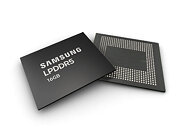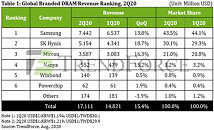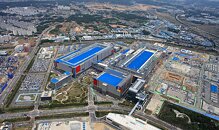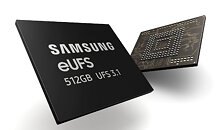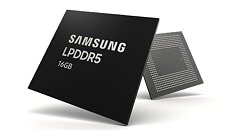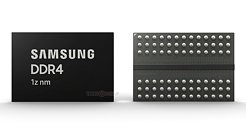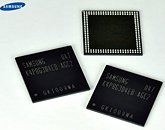
Samsung Semiconductor Discusses "Water Stress" & Impact of Production Expansion
"The Earth is Blue," said Yuri Gagarin, the first human to journey into space. With two-thirds of its surface covered in water, Earth is a planet that exuberates its blue radiance in the dark space. However, today, the scarcity of water is a challenge that planet Earth is confronted with. For some, this may be hard to understand. What happened to our blue planet Earth? To put in numbers, more than 97% of the water on Earth consists of seawater, with another 2% locked in ice caps. That only leaves a mere 1% of water available for our daily use. The problem lies in the fact that this 1% of water is gradually becoming scarcer due to reasons such as climate change, environmental pollution, and population growth, leading to increased water stress. 'Water stress' is quantified by the proportion of water demand to the available water resources on an annual basis, indicating the severity of water scarcity as the stress index rises. Higher stress indexes signify experiencing severe water scarcity.
The semiconductor ecosystem, unsustainable without water
Because water stress issues transcend national boundaries, various stakeholders including international organizations and governments work to negotiate water resource management strategies and promote collaboration. UN designates March 22nd as an annual "World Water Day" to raise awareness about the severity of water scarcity running various campaigns. Now, it's imperative for companies to also take responsibility for the water resources given and pursue sustainable management.
The semiconductor ecosystem, unsustainable without water
Because water stress issues transcend national boundaries, various stakeholders including international organizations and governments work to negotiate water resource management strategies and promote collaboration. UN designates March 22nd as an annual "World Water Day" to raise awareness about the severity of water scarcity running various campaigns. Now, it's imperative for companies to also take responsibility for the water resources given and pursue sustainable management.





